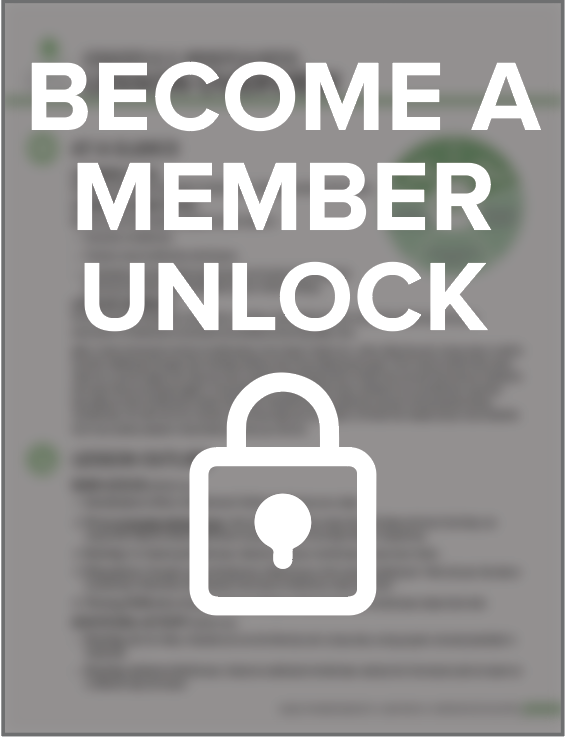Locked Content
Unlock this lesson plan by becoming a paid member. Existing members, please log in.
Students will understand what bias and diversity are.
By the end of the lessons, students will be able to:
- Understand the importance of embracing diversity
- Understand how to act against bias and unfairness
We live in a diverse world. Children as young as two years old start noticing differences in those around them. Thus, it is important we explicitly teach students about diversity and bias from an early age. When youth learn to respect and value all people, no matter the similarities or differences, they are able to feel more connected to others, have higher levels of social awareness, and create stronger relationships.
The lesson starts with a mindfulness practice in which students connect with their pulse and notice how it changes when they take deep breaths. You then select a video from a list of options that explore race, gender, and beauty biases. Students share their reactions and ah-ha moments from the video selected. Then through
a classroom discussion, with a graphic organizer option for student note-taking, the students discuss bias and diversity. Students explore how bias pops up in their world, why bias is harmful, and ways they can challenge it both in person and on social media. The lesson ends with students reflecting in their journals on their own
cultural diversity.
Start by showing at least one video from different sections (beauty bias, gender bias, and race bias). For an extra activity, consider having your students take the Online Implicit Bias Test found under additional activities.
For the Mindful Moment, have students turn off their cameras. For the Diversity and Bias activity, as a whole group first define the terms. Then, if possible, break up students into groups for 10-15 minutes. Before sending them off, give groups a clear deliverable goal to help keep them focused. For example, tell them to write out their answers. It can also help to assign roles such as discussion leader, note-taker, and presenter. Provide the following questions for students to discuss:
- Do you think we all have some sort of bias?
- Where do we get exposed to bias and what does it look like?
- Why do you think bias is harmful?
- How can we challenge our own bias?
After breakout discussions, come back as a whole group and review what they talked about and share these tips to challenge bias:
- Become aware of our bias.
- Expand your networks.
- Listen.
- Debate yourself.
- Slow down.
After the videos, use the lesson activity script or slides to define the terms and walk through some of the questions giving your own answers for students to hear. Make sure to list the ways to challenge your bias:
- Become aware of our bias.
- Expand your networks.
- Listen.
- Debate yourself.
- Slow down.
Next, have students complete their journal as a reflection on the videos.
CASEL Competencies
Social awareness: The abilities to understand the perspectives of and empathize with others, including those from diverse backgrounds, cultures, & contexts. This includes the capacities to feel compassion for others, understand broader historical and social norms for behavior in different settings, and recognize family, school, and community resources and supports.


